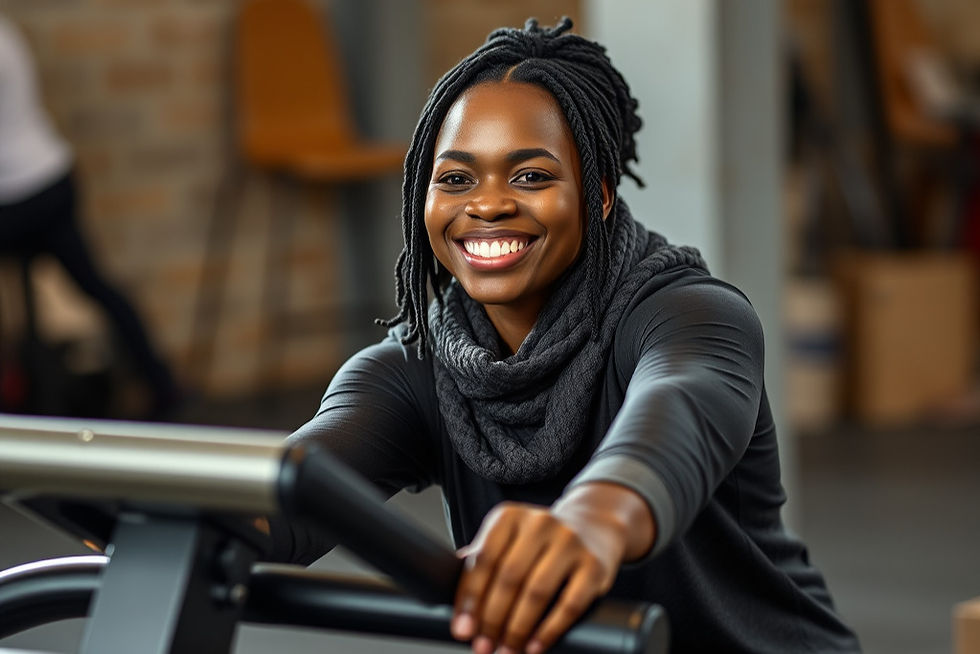"Gesture of Unshakable Trust" or Vajrapradama Mudra
- Hearts Alive Yoga

- Sep 22, 2022
- 2 min read

About five years ago while seated in a yoga class, students were asked to place the palms of their hands on their abdomens in a specific arrangement. Following this, the instructor said "mudra" in a soft and almost indiscernible tone.
I dog-eared that moment in life, left curious and wanting to know more about mudras. It wasn't until I navigated my 200-hour yoga teacher training, that mudras came back onto my radar. Even then, we only briefly touched upon them. Now, in my advanced-level training, we will build upon what we learned in the first-level training, and dive deeper into this topic which I am of course excited for. So what is a mudra?
In Sanskrit, mudra translates to "seal" or "closure," and often times mudras are used in conjunction with a mantra (i.e., a syllable or phrase spoken consciously) or pranayama (controlled or regulated breathing). You may think of mudras as hand and body postures or gestures that result in subtle energy shifts for some people. Practitioners of mudras may experience both physical, mental and emotional benefits such as: greater focus, tranquility, self-assurance, patience and more. I am admittedly very new at studying and integrating mudras in my daily practice, but am quickly finding benefit and a desire to share these resources with others, including our demure daughter who benefits from having an accessible yet discreet kinesthetic anchor to help her move through moments of paralyzing shyness.
The mudra I taught in my last class was Vajrapradama Mudra, a hasta (aka hand) mudra whose meaning translates to "gesture of unshakable trust."
While flipping through a great book on mudras (authored by Swiss yoga teacher, Gertrud Hirschi), this particular mudra caught my attention. I have yet to meet another human who has been immune to bouts of self-doubt, and believe we can all benefit from a boost in self-confidence from time to time.
How to get into the mudra:
Place the palms of your hands together and loosely interlace your middle, ring and pinky fingers so the points of your index fingers touch one another and your thumbs are fanned out, palms spread wide. Some practitioners then lay this arrangement of palms and fingers gentle on their heart center while reciting a mantra or simply placing their attention on their breathing.
In Gertrud's book she offers these insights on Vajrapradama Mudra:
"Solid fundamental trust is the basis for healthy self-confidence. We experience times when we think we can deal with whatever comes our way; and there are times when we doubt ourselves, we feel insecure and think ourselves uncapable of handling anything that happens. When we take a closer look at things, we notice how important inner strength is for our self-confidence. When we are weakened, no matter on what level (physical, mental, emotional), then insecurity sneaks in. We can build up our inner strength with specific mudras, physical exercises, and breathing exercises."
Suz's recommended reading on mudras:





